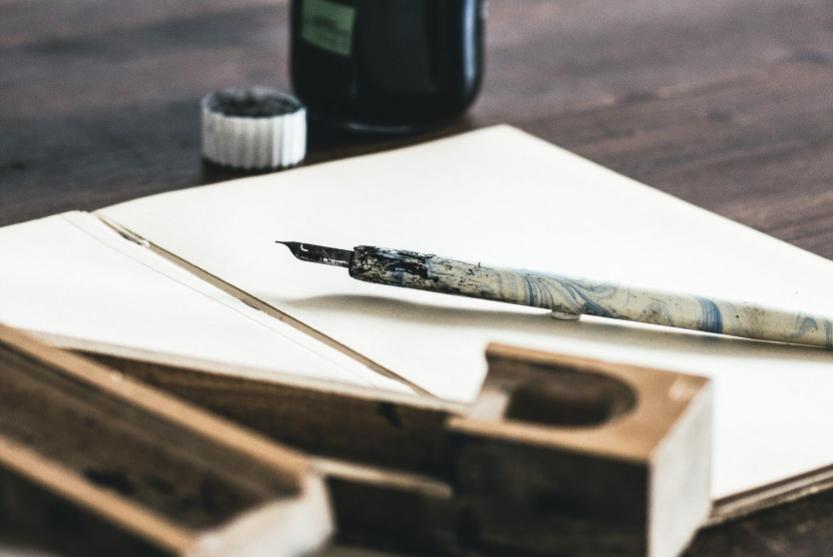Did you know one of the world’s oldest forms of communication is still widely used today? Calligraphy, the combination of visual art and communication, has roots tracing back to ancient China as early as 200 BC and has influenced many cultures’ visual communication styles.
From scrolls to social media, calligraphy’s impact on society has lasted centuries and continues to reinvent itself in modern visual communication. Why is it that while most visual communication trends fade and recycle from era to era, calligraphy’s ubiquity has never seemed to diminish? Today we take a look at calligraphy’s history to discover how this ancient form of communication has remained relevant all these years.
Calligraphy’s origins date back to ancient China during the Shang dynasty when the writing was often carved on turtle shells or animal bones. Official calligraphy script was incorporated into Chinese writing in the 3rd century BC and led to the earliest form of cursive script. Ancient Chinese calligraphy styles greatly influenced Japanese and Korean calligraphy.
Islamic calligraphy can be traced back to the 6th century and is strongly tied to the Quran. The language is written from right to left and has varying styles, including Kufic, Naskh, regional and modern styles. Islamic calligraphy is written not only on paper but also on tiles, vessels, carpets and inscriptions.
In Western culture, calligraphy influenced the creation of the Greek and Latin alphabets. Christian churches perpetuated the use of calligraphy by hand-copying the Bible and other sacred texts in order to promote and spread the religion.
After the introduction of the printing press in Europe during the mid-fifteenth century, the original purposes of hand-written lettering dwindled. But contrary to other instances of obsoletion, calligraphy did not meet its end. Instead, its purpose evolved to meet new needs.
Like all fonts, hand-lettering communicates a distinct personality and voice. While designers now have a plethora of downloadable calligraphic fonts at their fingertips, authentic hand-lettering is known to be the ideal, higher quality option. This demonstrates a remaining need for calligraphic artists in a post-printing press era.
Additionally, hand-lettering videos have become a prevalent social media trend, inspiring the general population to observe and practice calligraphy for fun and to enhance personal communications. The growing popularity of “bullet journals” has also encouraged the rise of modern-day calligraphy.
Calligraphy has more than just a history — it has an evolution. This evolution, along with calligraphy’s nostalgic charm as a consistent stylistic trend, is the reason it has stayed relevant throughout time. Unlike other visual communication trends, its uses have evolved with society’s evolving needs and cultures. The question now is: What will we use it for next?
The inspiration for this blog post came from someone who recently brought in an authentic calligraphy set from China. The set inspired our team to learn more about the creation of calligraphy as the combination of design and writing resulting in a powerful form of communication.

LEAVE A COMMENT
Comments